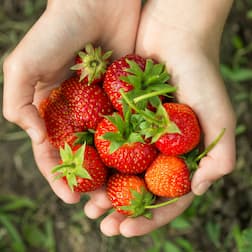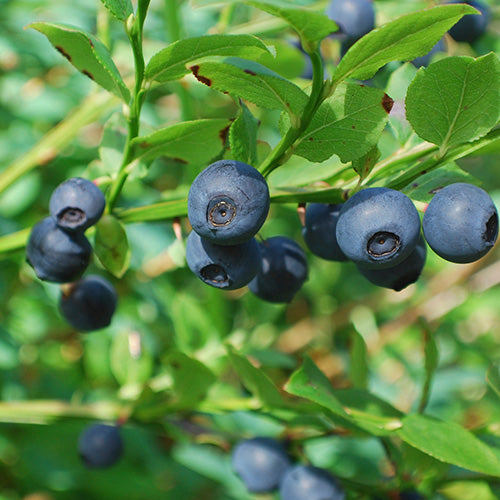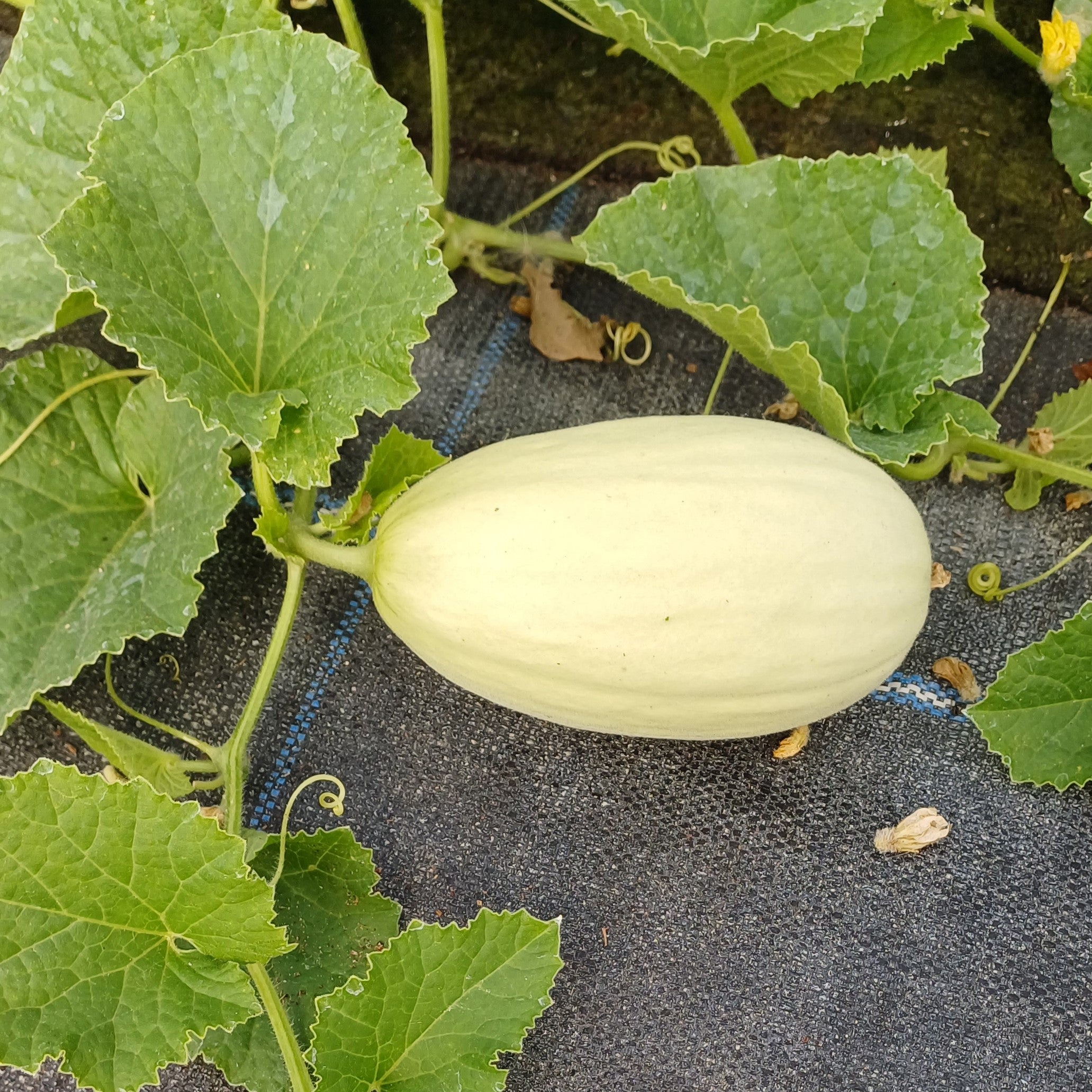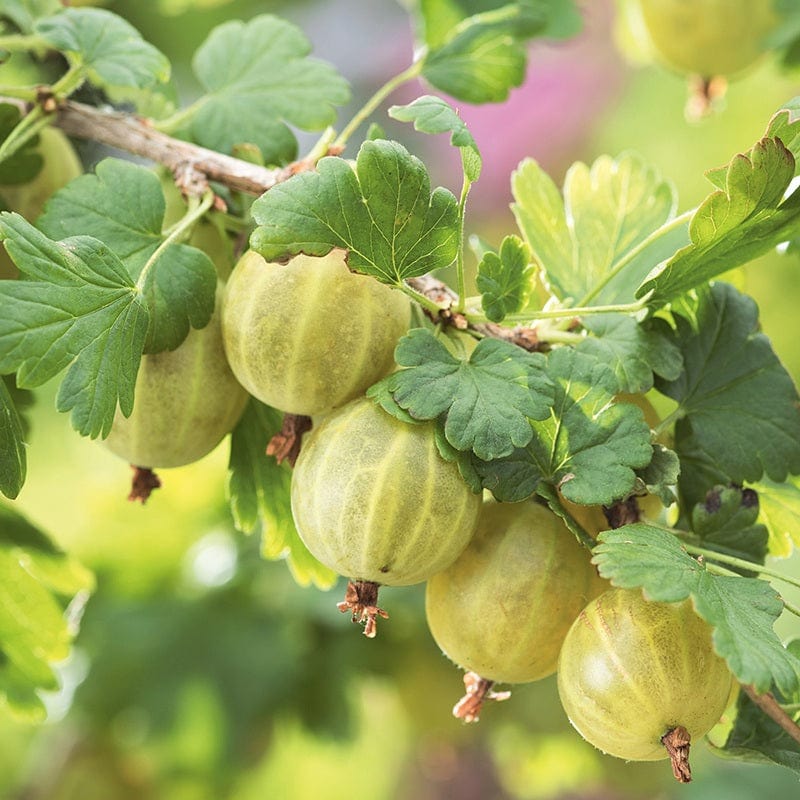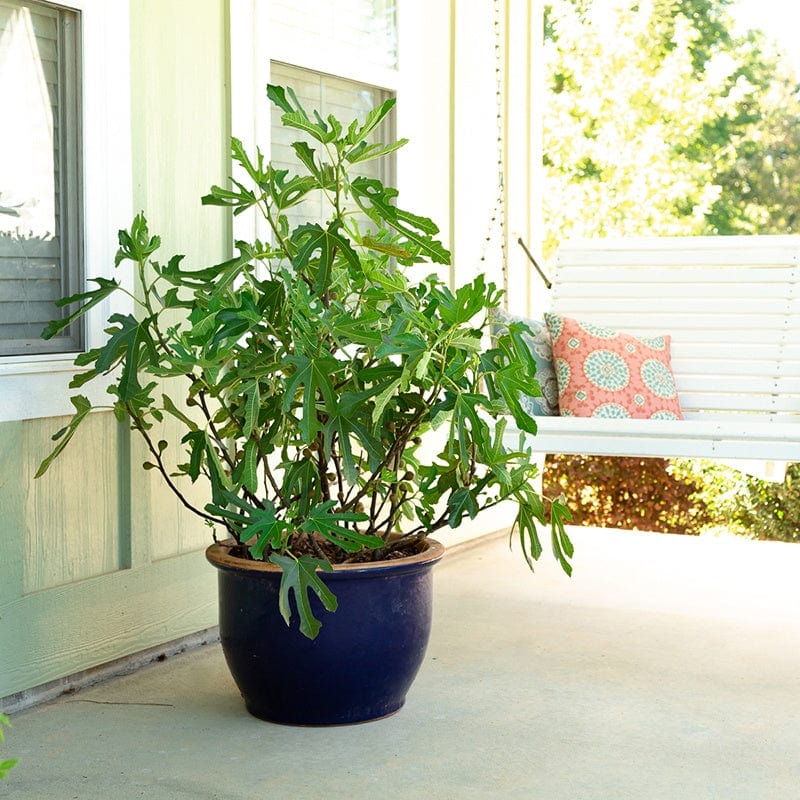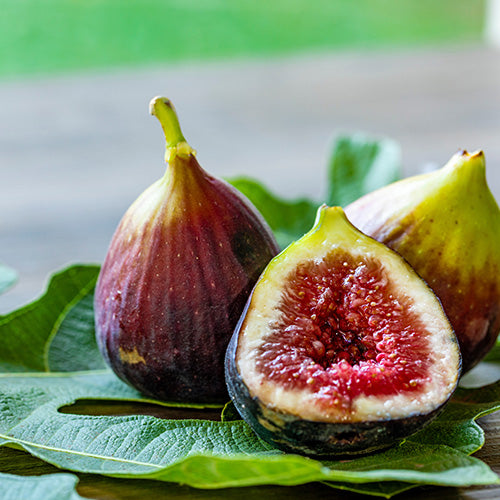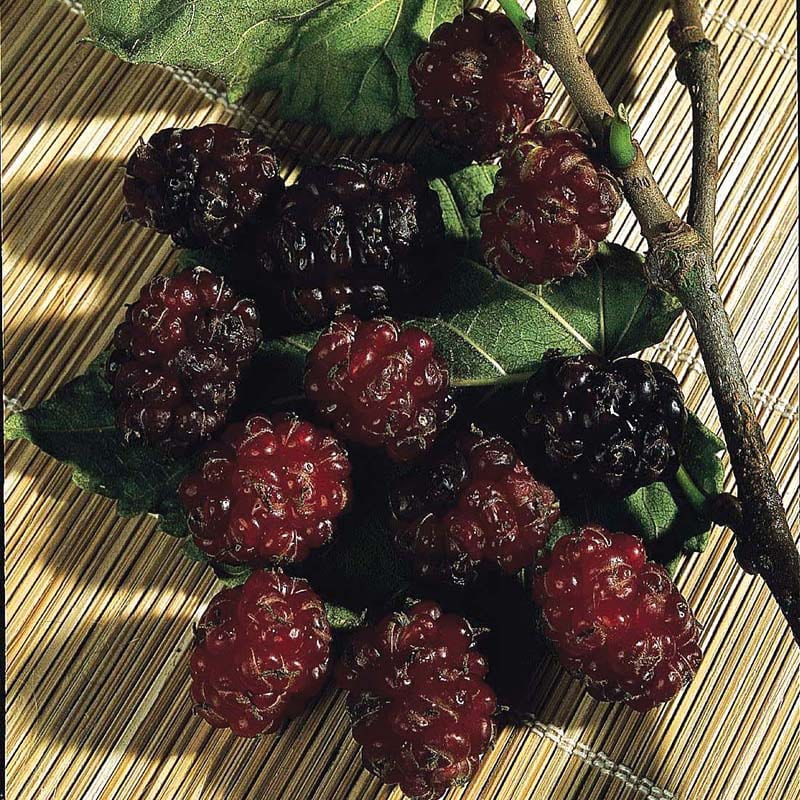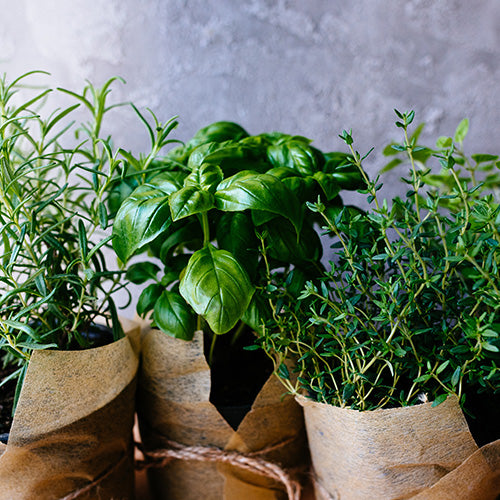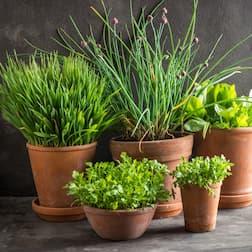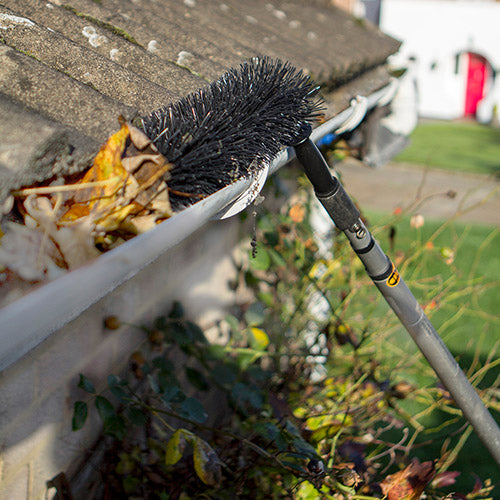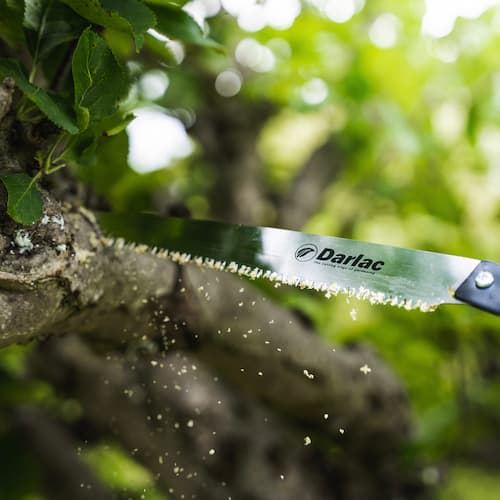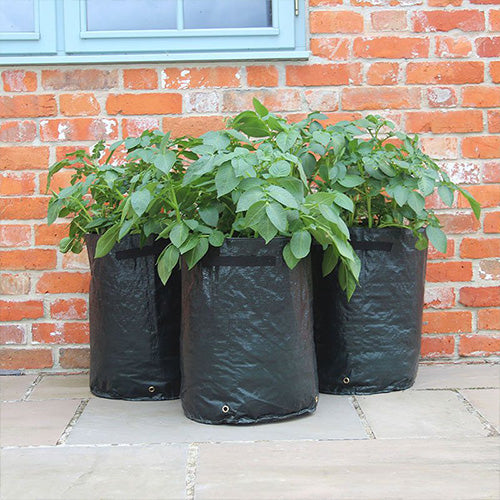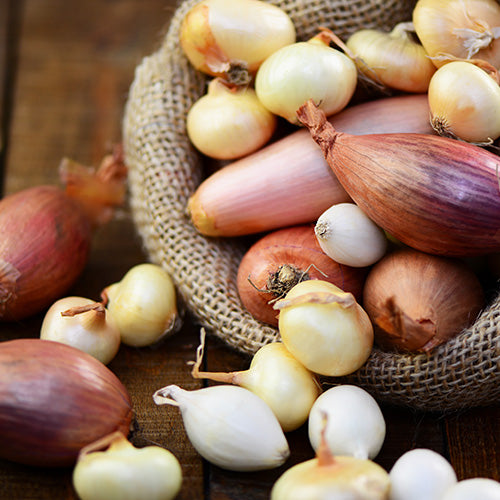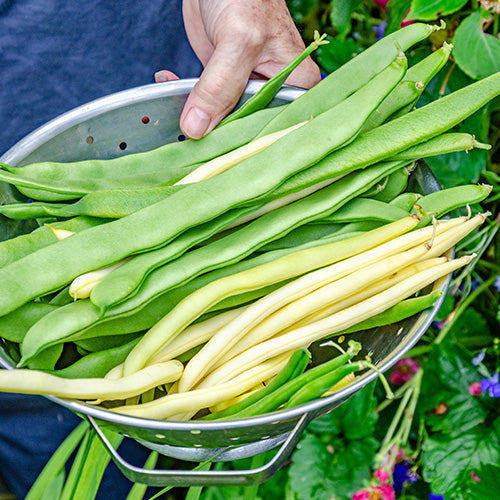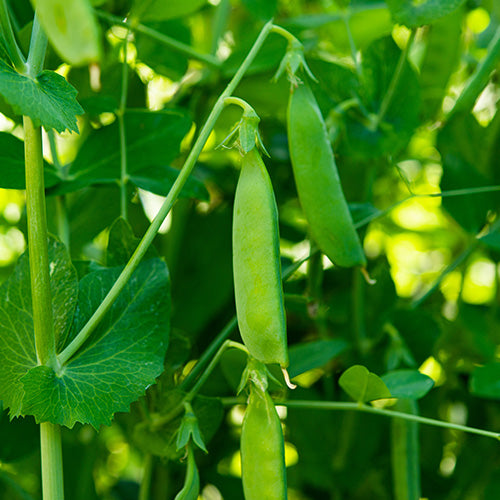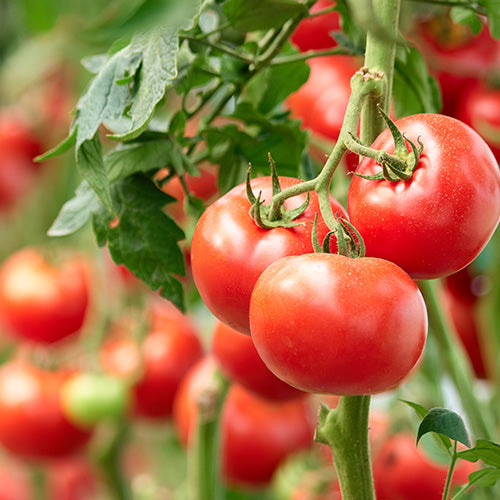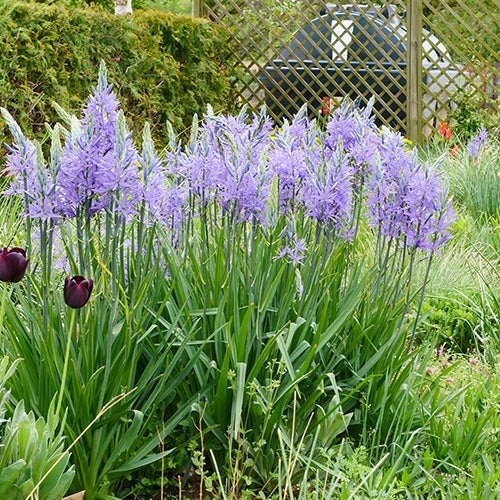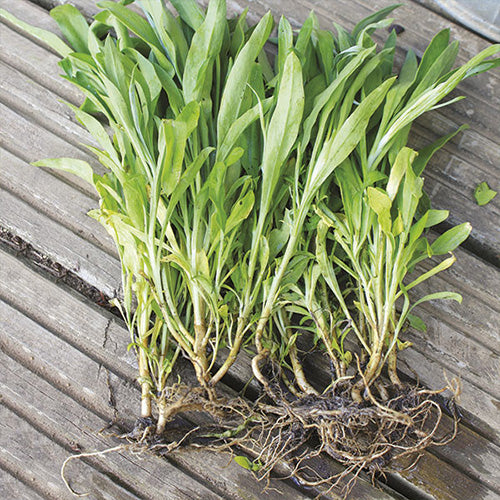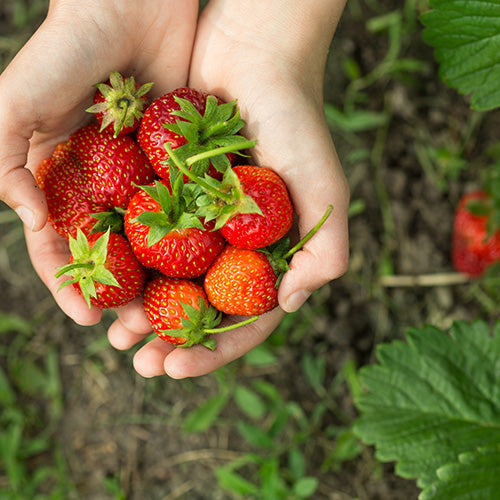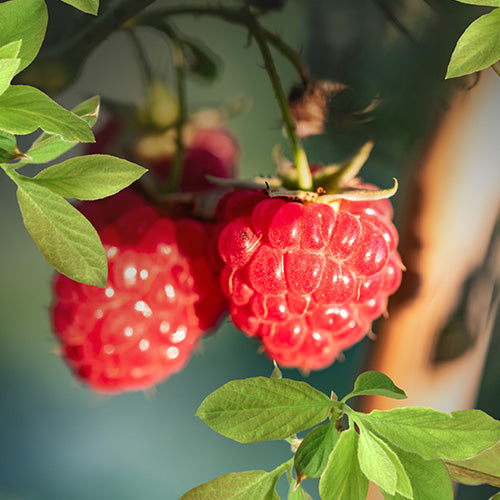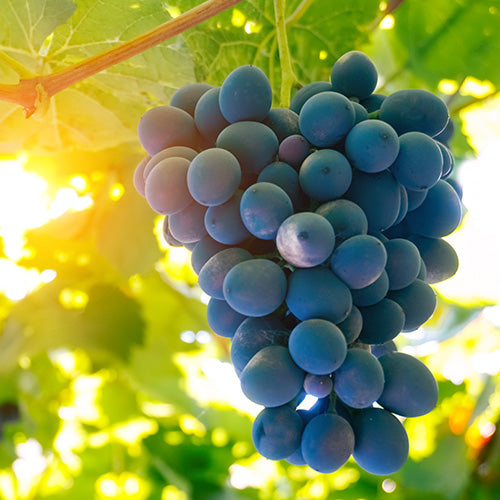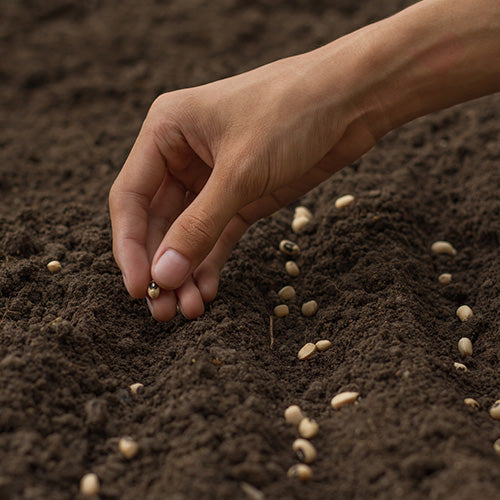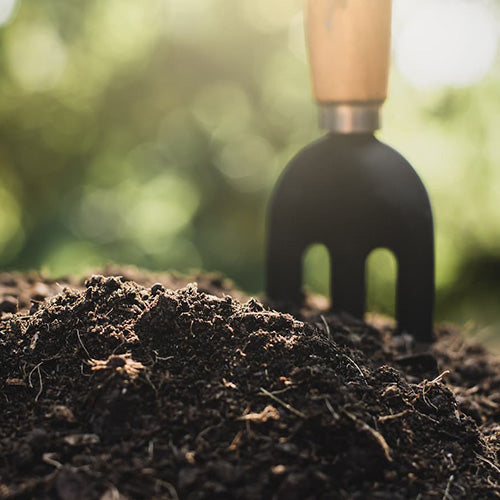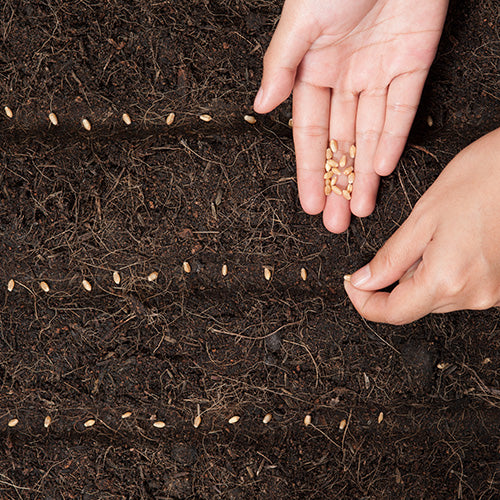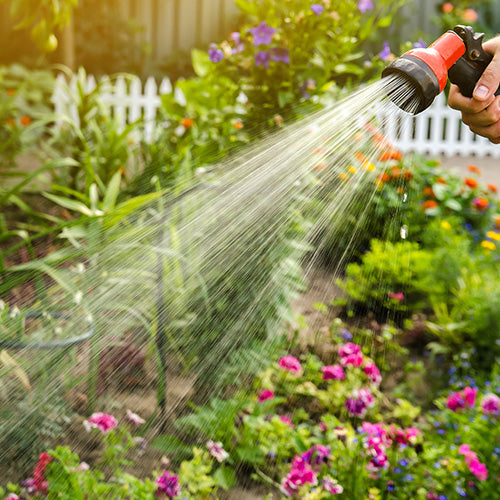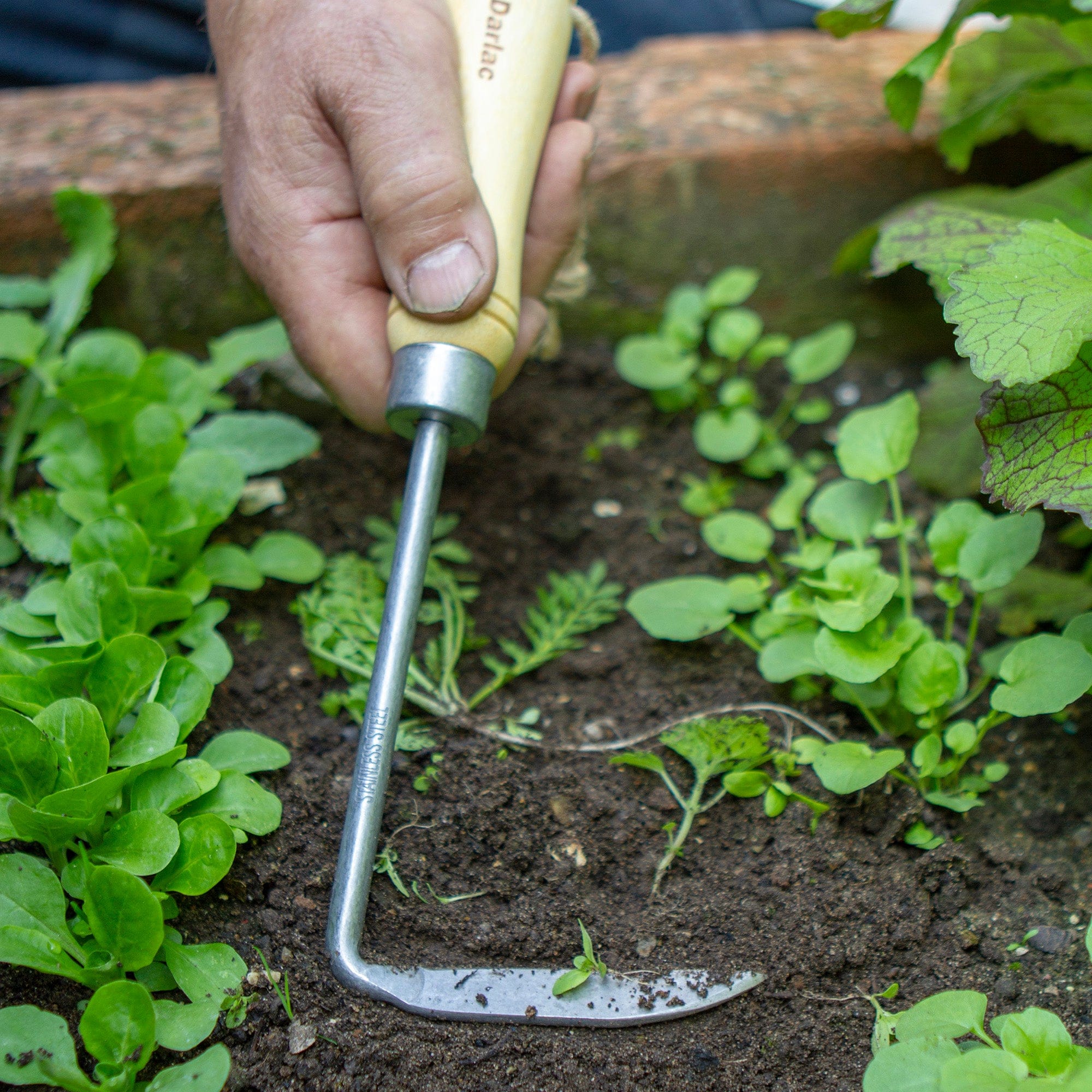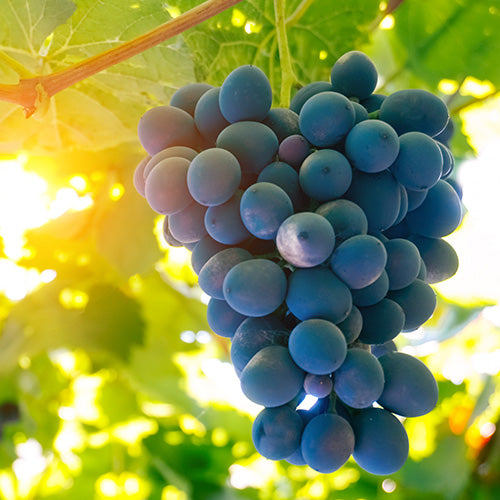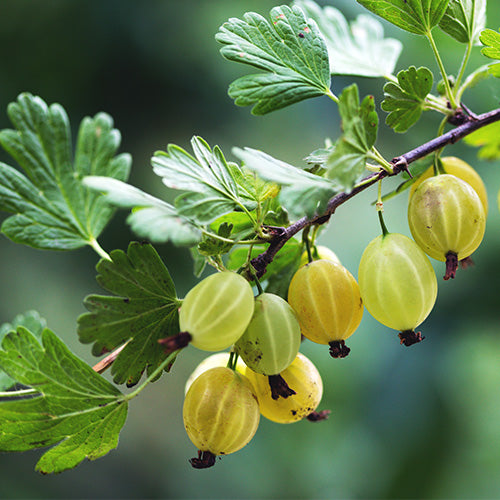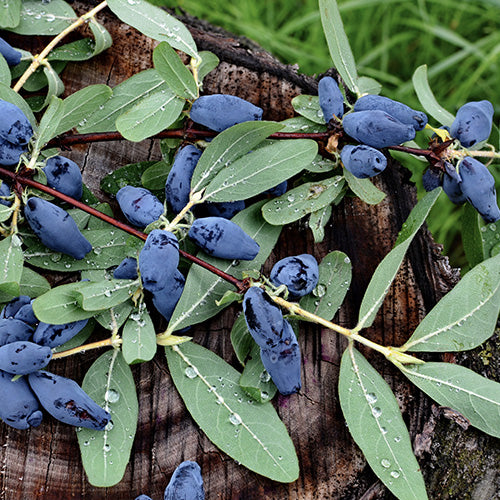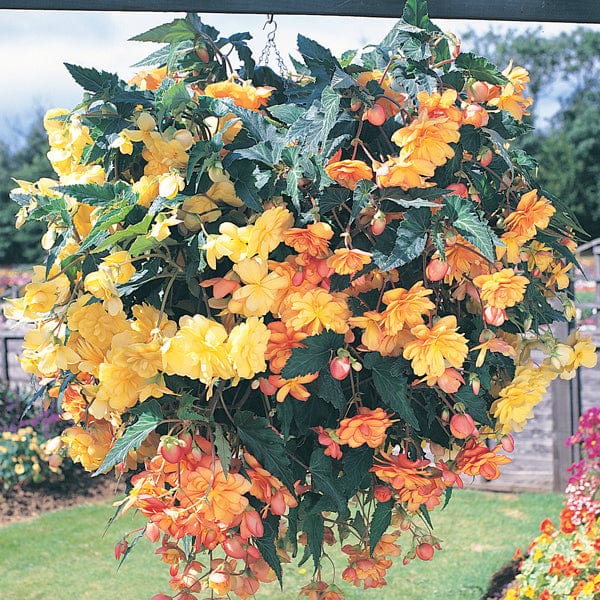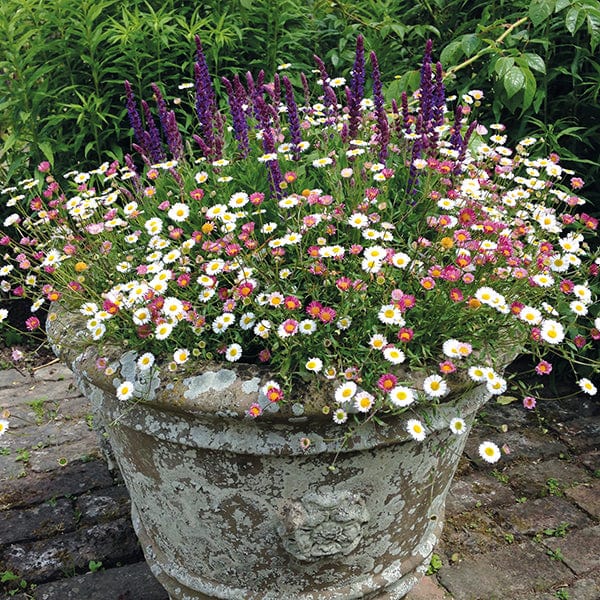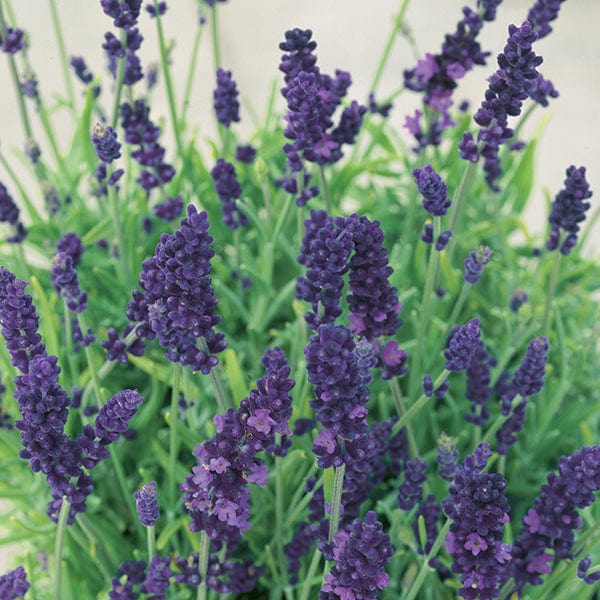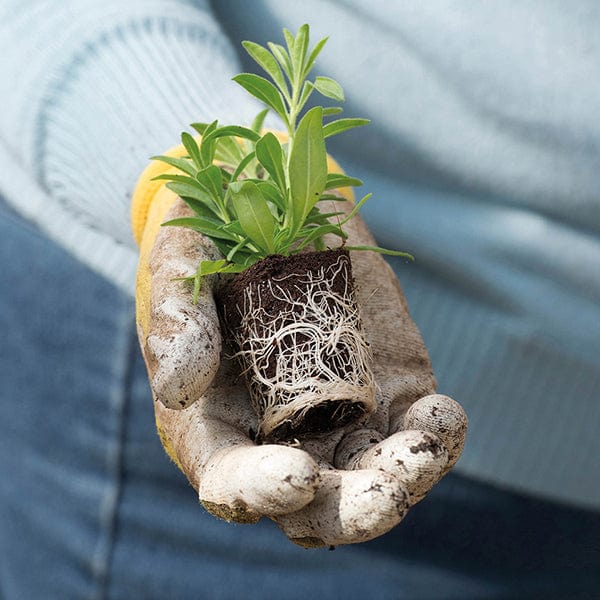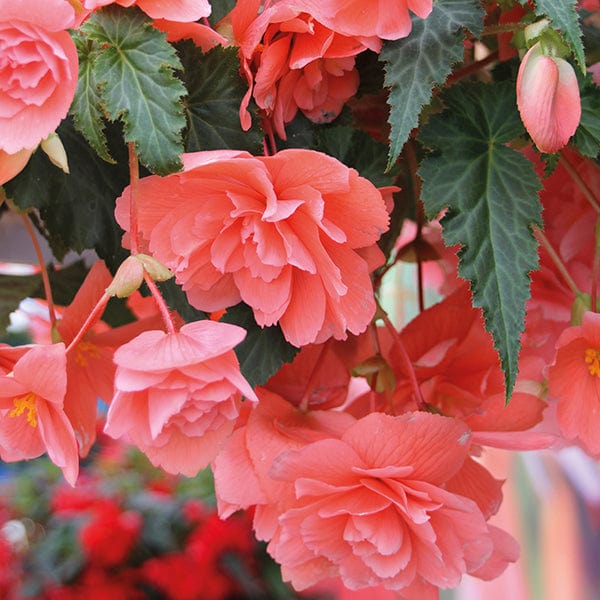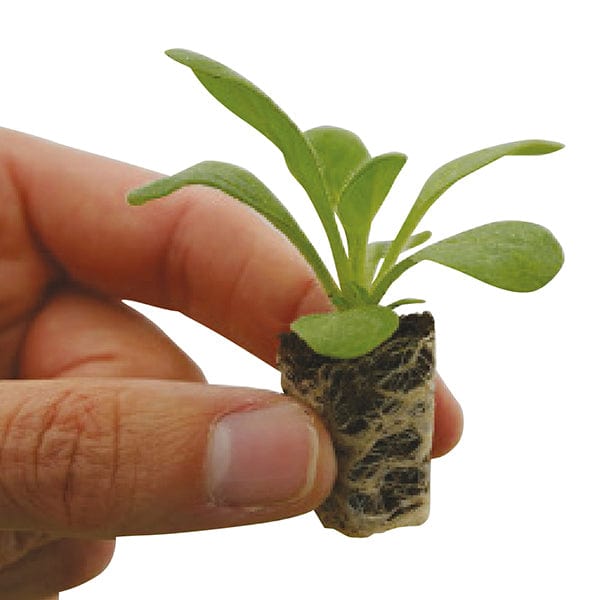Planting
Although they are very hardy plants, when grown outdoors grapes need as much sun as possible to ripen the fruits. In southern England, outdoor varieties will also succeed when trained onto wire supports in a more open position or can be accommodated on a trellis or pergola.
Grapes are not very fussy about soil but it must be well-drained if they are to thrive and, for this reason, they are not likely to do well on unimproved heavy clays. Very shallow soils over chalk are also best avoided. For each vine cultivate an area at least 60cm (2ft) square. If possible, remove the top spit and fork some well-rotted compost into the soil below before refilling and firming. Avoid using manure unless the soil is very poor but rake in a dressing of a balanced fertiliser such as growmore or some slow release fertiliser.
Plant vines 1.5m (5ft) apart, with the top of the root-ball slightly below soil level. Once planted cut the main stem back to approximately 60cm (2ft) above soil level and any side shoots to one or two buds. Plants should initially be supported by a strong 1.8m (6ft) cane, inserted as you plant, but, unless they are on a trellis, they will also need a supporting system of wires about 30cm (1ft) apart and starting with the first wire at about 45cm (18in) from the ground. Strain the wires horizontally between posts or attach them to a wall or greenhouse supports using vine eyes. If on a wall, they should be 15-22cm (6-9in) away from it.
Planting in a cold greenhouse is essentially the same as outdoors. Choose a sunny border and water well after planting. Because of the requirement for sun and a long growing season, in northern and exceptionally wet and windy areas all varieties are best grown under glass.
If desired vines can be grown in large containers using a loam-based compost. This permits them to be moved outdoors after fruiting to experience the winter cold necessary for full dormancy but to be inside in late winter/early spring when resuming growth and flowering and in late summer to ripen fruit. Pot plants first into 22cm (9in) pots and in subsequent years, as they grow, move them on until they are in about 35cm (14in) containers. While outside in the winter, plunge pots into the soil to ensure they are not blown over and to protect roots from freezing.
Aftercare Tips
Your vines will benefit from an annual mulch of well-rotted garden compost to suppress weeds and conserve soil moisture. Each year in March, at the same time as you mulch, apply a dressing of balanced compound fertiliser. In the case of container-grown plants, if repotting is not needed top dress them in early spring by removing the top layer of soil and replacing it with fresh compost.
In the first year water outdoor grapes regularly in dry spells until well established. In subsequent years watering should not be needed except during droughts. Greenhouse grapes will need a good soaking about every one to two weeks when in growth. When greenhouse-grown plants are in flower in May, shake the bunches at around mid-day to ensure pollination. Apply shade to the greenhouse windows during the hottest months and, except when fruits are ripening, damp down the floor on sunny days to maintain humidity.
Apply a high potash liquid tomato fertiliser to all varieties at recommended rates every two weeks from fruit set to the time they start to mature.
Pruning and Training
Vines produce fruit on new shoots of the current season. Without pruning they will tend to produce a lot of foliage but few bunches of fruit. They should start to fruit in the second year. There are several methods of pruning and training and comprehensive details these are unfortunately beyond the scope of these notes. More specialist publications on grape culture should be consulted if further information on this subject is required.
A common system which can be used both indoors and out is the cordon system. This involves training the main stem (leader) of each plant up its cane and the side (lateral) shoots along the wires on either side. During the summer, each lateral is stopped after five leaves and, in the first year, any flowers produced should be removed. Each winter, after the leaves fall, the new growth produced by the leader is cut back by half to just above a bud and the laterals to about 3cm (1in).
When fruiting starts in the second year, cut back laterals to two leaves beyond the bunch rather than to 5 leaves. If any secondary laterals are produced, shorten these to one leaf. When extension growth of the leader reaches the top wire (usually about 1.8m (6ft) above ground) even after it is cut back by half, cut it back to 3cm (1in) beyond previous growth each winter after that.


